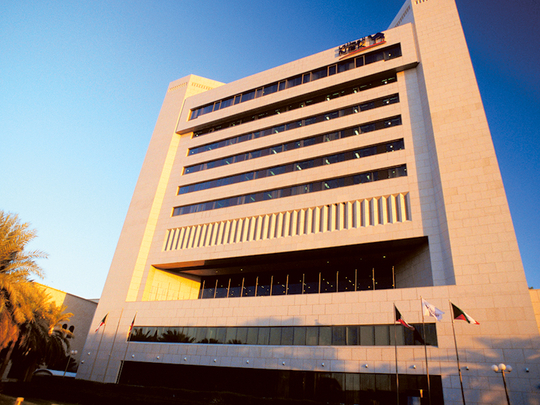
Dubai: The Gulf’s banking sector continued to report lower profits in the third quarter of 2020 according to reported data from 61 listed banks.
The contraction of profits were largely driven by low net interest rate margins, which is a measure of the difference between interest income generated by banks and the amount of interest paid out to their lenders, data analysed by KAMCO, a Kuwait based investment company, show.
Gains were there
Net profit bottomed in the second quarter of 2020 and witnessed a strong revival in the third quarter, growing by 56.5 per cent ($7.5 billion) quarter-on-quarter. But this is still well below pre-COVID-19 levels.
“The growth [in profit in the third quarter] was mainly led by a fall in provisions as well as savings on cost of funds. An increase in non-interest income also contributed to the growth in quarterly profits,” said Junaid Ansari, Vice-President at KAMCO.
Decline in provisions
Loan loss provisions declined during the third quarter from the record high levels in the second quarter - of $5 billion - to $4.4 billion. Despite this, the overall level of provisions booked during the third quarter was higher as compared to historical levels - and the second highest for the last 17 quarters.
The sector has taken total provisions of $13.7 billion during the first nine months of 2020, compared to $8.3 billion last year. Saudi banks booked the biggest quarter-on-quarter decline in provisions during the third quarter, with a drop of $226.4 million (or 21.3 per cent).
Improving revenues
Banks in all the Gulf (excluding Bahrain) reported a quarter-on-quarter increase in revenues during the third quarter. UAE-based banks, however, reported a decline of 1.1 per cent while Kuwaiti banks had the biggest increase in quarterly revenues with a growth of 11.6 per cent. They were followed by Saudi and Qatari banks with revenue growth of 6.4 per cent and 5.8 per cent, respectively.
“The increase in aggregate revenues came mainly on the back of higher non-interest income during the third quarter, whereas growth in interest income was marginal,” said Ansari.
Resilient assets
In terms of balance-sheet, GCC banks continued to show resilient asset growth during the third quarter, with a sequential growth of 2.2 per cent to reach a new record high of $2.53 trillion as compared to $2.47 trillion at the end of the second quarter. In terms of year-on-year growth, total assets were higher by 9.9 per cent during the third quarter.
Listed banks in UAE reported the biggest quarter-on-quarter increase in assets, at 3.2 per cent, followed by Saudi Arabia and Kuwait, at 2 and 1.9 per cent, respectively.
Sluggish loans
Slow loan growth at 1.7 per cent quarter-on-quarter combined with a positive deposit growth saw the loan-to-deposit ratio shrinking below 80 per cent in the third quarter. In fact, the aggregate loan-to-deposit ratio was at one of the lowest levels on record at the end of September.








